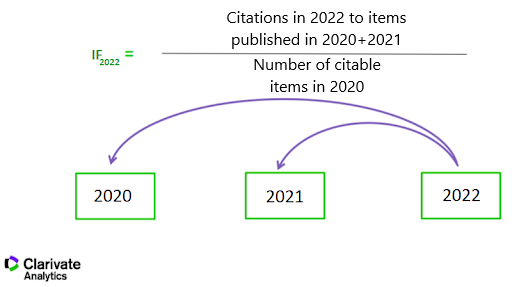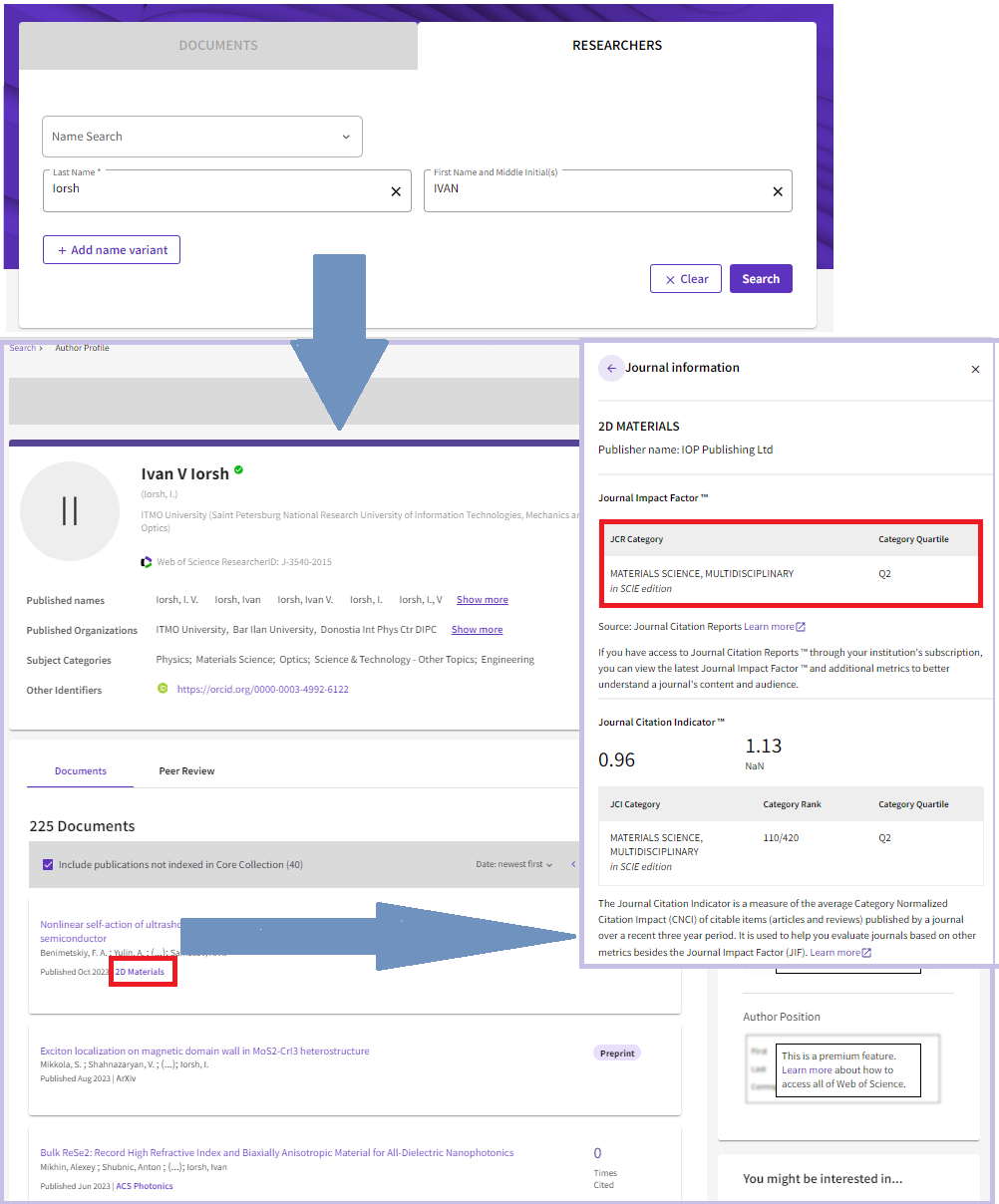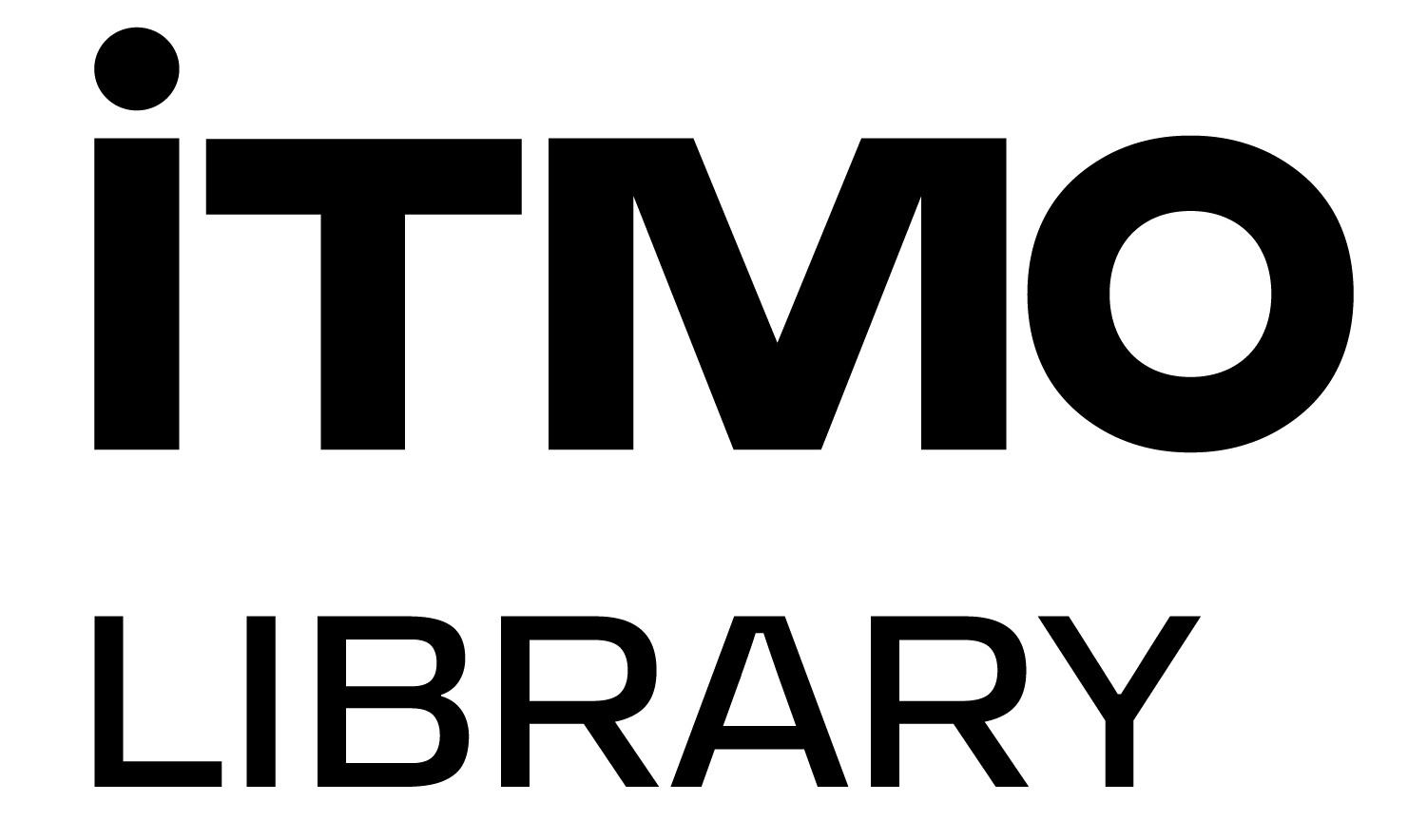Journal Impact Factor (JIF), or just Impact Factor (IF) as an influence indicator is the most widely used citation indicator. It refers to the scientific significance of a publication.
Web of Science
Since the 1960s, the Impact Factor has been calculated annually by the Institute for Scientific Information (ISI). This indicator was developed by Eugene Garfield, a computer science researcher, and his colleague Irving Scher. The metric helps to select journals for the Science Citation Index.
The value changes from one year to another. So, for the reporting year Y, the Impact Factor of a particular journal is equal to the ratio of the number of all citations received in the year Y by the articles of this journal published in the years Y–1 and Y–2 to the total number of the articles. Thus, the publication window is two years [Y–1; Y–2] (the average citations number of this set of journal articles is thus estimated), the citation window is one year [Y] (citations made in the year considered are taken into account). The image below is an example to clarify the above.

Please note that the numerator does not exclude self-citation within the journal.
The official Impact Factors of the journals indexed in WoS are normally published in June-July in the annually updated Journal Citation Reports (JCR). Thus, the values of the 2022 Impact Factors appeared in the summer 2023. JCR is a database of scientometric indicators and contains the following information:
- number of articles published in the journal
- number of citations received by the journal
- chronological distribution of citations made/received
- journal impact factor
How to find a journal's quartile by Impact Factor?
The JCR database is provided by subscription. Therefore, IF is the only journal indicator that is not accessible to the public . However, we can share a small life hack as to how to find the latest quartile value of a journal, or several values if the journal refers to more than one subject area according to the Web of Science classifier.
Quartiles, as a particular case of quantile, divide the list of values into four equal parts. Division by quartiles is performed to compare journals from different subject areas. The higher the quartile, the more prestigious is the journal: from Q1 to Q4.
Thus, referring to the author’s profile in the WoS database (registration is required), you can go to the list of their papers and open the journal profile. The values of the journal quartiles are indicated there. We also wrote in detail about the Web of Science functions that remain available.

By“classical” Impact Factor we mean the indicator described above. It takes into account the citations that articles receive within two years after their publication. However, in a number of scientific disciplines, especially in social sciences, the academic community does not have enough time to analyze the information within the short period of two years. Therefore, an indicator with a wider publication window is used. The JCR database publishes the five-year Journal Impact Factors.
Critical view of the Impact Factor
The most common points when criticizing IF are as follows:
- uneven distribution of citations: in authoritative journals the majority of citations come from a minority of articles. However, please note that journals with a high IF are considered more prestigious and it is difficult to have an article published there. So it indicates the high quality of any article in the journal considered.".
- differences in the number of citations received in different subject areas. That clearly shows that it would be inappropriate to compare journals from different subjects by their IF value.
An objective comparison of journals from different subject areas implies more sophistically calculated indicators and quartiles derived from the IF, which we described above.
Innovation of 2023: for the first time, the IF values in the JCR, , were calculated for the Art & Humanities Citation Index (AHCI) and the Emerging Sources Citation Index (ESCI), besides the the Science Citation Index Expanded (SCIE) and Social Sciences Citation Index (SSCI). However, quartile values were not assigned to the journals included in the first two indexes mentioned.


